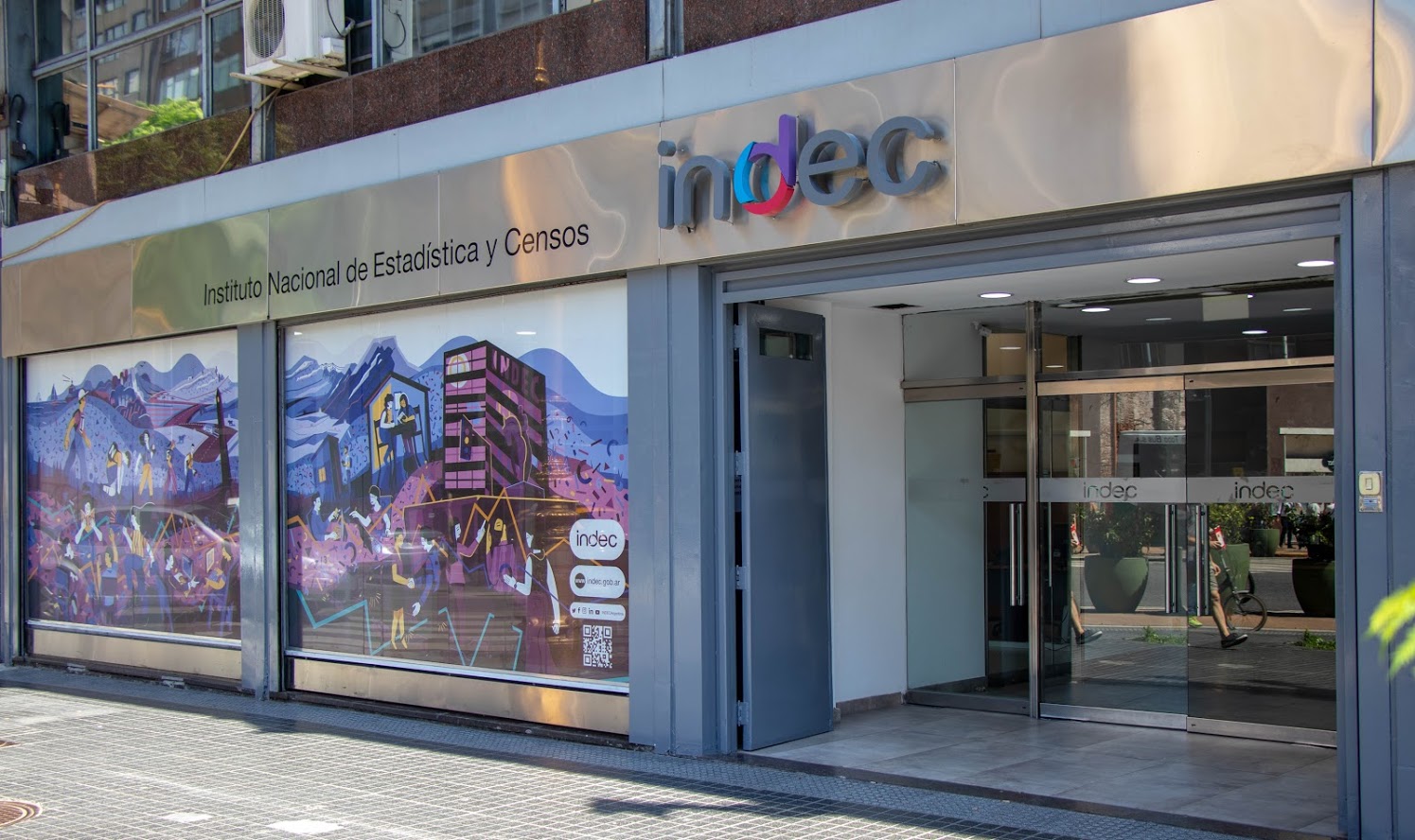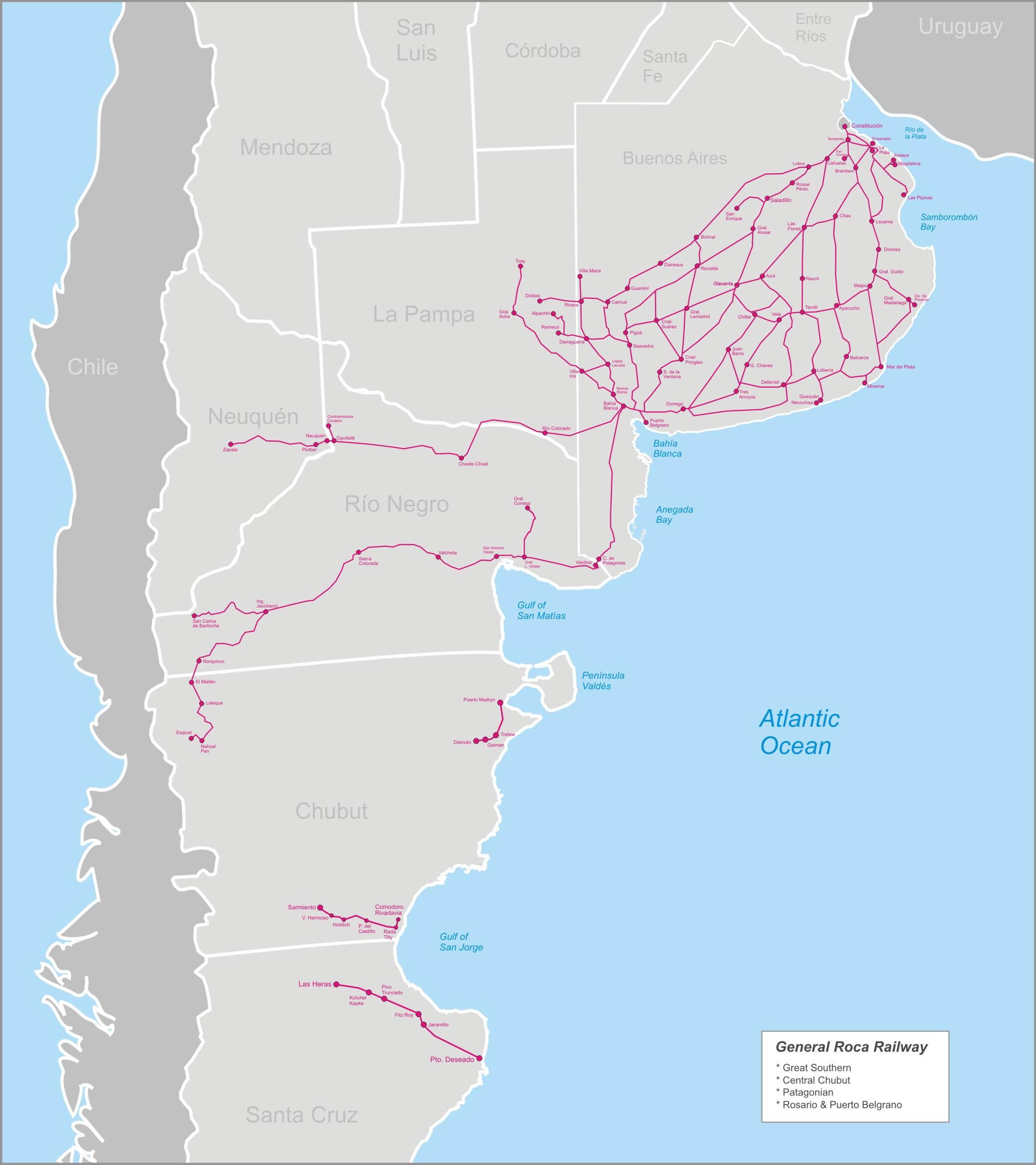|
Bernal, Argentina
Bernal is a city located in the northeast of Quilmes in the province of Buenos Aires, approximately 10 miles south of the city of Buenos Aires. It is the second largest and most populated city in the Partido of Quilmes. Bernal borders Avellaneda Partido and Lanús Partido to the north-west, the city of Quilmes to the south-east, Almirante Brown Partido and Lomas de Zamora Partido to the south-west the Río de la Plata to the north-east. Bernal consists of the neighborhoods of Barrio Parque, Villa Cramer, Villa Alcira, and Bernal Centre, among others. The Railway General Roca divides the city in two. History The Bernals were an old family from the days of colonial Buenos Aires. In the mid-19th century, a descendant of the family, Don Pedro Bernal, established a farm in the Partido of Quilmes, and built a house on that site. In 1850, he divided the land up into smaller farms which were then settled by other prominent families, such as the Molina Salas, Ayersa, Tasso, and Bagley ... [...More Info...] [...Related Items...] OR: [Wikipedia] [Google] [Baidu] |
Quilmes Partido
Quilmes is a partido of Buenos Aires Province, Argentina, within the Gran Buenos Aires conurbation. It has an area of , and a population of 580,829 (), making it the third-most populous partido in the Gran Buenos Aires. Named after the Quilmes Tribe, its capital is the city of Quilmes. Beer Quilmes gives its name to one of Argentina's beers, Cerveza Quilmes, which was originally brewed in the area. Sport Quilmes is home to two football clubs, Quilmes Atlético Club of the Primera Division and Club Atlético Argentino de Quilmes of the regionalised 5th Division. The city also stands out in many other sports, including field hockey, basketball and rugby, among others. Christianity In 1666 was established the Cathedral of Quilmes (Catedral de Quilmes in Spanish). In 1976 a papal bull created the Diócesis de Quilmes. The first minister was Padre Obispo Jorge Novak Jorge Novak, SVD, (4 March 1928 - 9 July 2001) was an Argentine Roman Catholic religious priest of t ... [...More Info...] [...Related Items...] OR: [Wikipedia] [Google] [Baidu] |
Lanús Partido
Lanús is a partido in Buenos Aires Province, Argentina, at the south of the Gran Buenos Aires urban conglomerate neighbouring Buenos Aires city. The partido has an area of , and a population of 453,500 (). Its capital is the city of Lanús. Lanús Partido is connected to the Buenos Aires city across the Valentín Alsina Bridge over the Riachuelo River. The name of the partido comes from the former land owner Anacarsis Lanús Hipólito Anacarsis Lanús (November 14, 1820 in Concepción del Uruguay, Entre Ríos – October 14, 1888) was an Argentine entrepreneur of French and Greek and Basque origin. Biography He played a role during the years of the secessionist State ..., who was a pioneer in the urbanization of the area. Sports The partido is home to Club Atlético Lanús, a football club playing in the Argentine Primera Division. Districts * Gerli * Lanús (sometimes subdivided into Lanús Este and Lanús Oeste) * Monte Chingolo * Remedios de Escalada * Valentín ... [...More Info...] [...Related Items...] OR: [Wikipedia] [Google] [Baidu] |
Electric Train Rain Near Bernal Station In Roca Line
Electricity is the set of physical phenomena associated with the presence and motion of matter that has a property of electric charge. Electricity is related to magnetism, both being part of the phenomenon of electromagnetism, as described by Maxwell's equations. Various common phenomena are related to electricity, including lightning, static electricity, electric heating, electric discharges and many others. The presence of an electric charge, which can be either positive or negative, produces an electric field. The movement of electric charges is an electric current and produces a magnetic field. When a charge is placed in a location with a non-zero electric field, a force will act on it. The magnitude of this force is given by Coulomb's law. If the charge moves, the electric field would be doing work on the electric charge. Thus we can speak of electric potential at a certain point in space, which is equal to the work done by an external agent in carrying a unit of positi ... [...More Info...] [...Related Items...] OR: [Wikipedia] [Google] [Baidu] |
Bernal Railway Station
Bernal is a Spanish given name and surname, equivalent to the English name Bernard. Bernal may refer to: People with the name Given name *Bernal de Bonaval, 13th century Galician troubadour *Bernal de Foix, 1st Count of Medinaceli, Spanish military officer *Bernal Díaz del Castillo (c. 1492 – 1581), Spanish conquistador Middle name *Ralph Bernal Osborne (1808–1882), British Liberal politician Surname A *Agostino Bernal, Spanish Jesuit theologian *Agustín Bernal, Mexican film actor *Alejandro Bernal, Colombian football player *Andy Bernal, Australian football player C *Cassie Bernall (1981–1999), student killed in the Columbine High School massacre *César Bernal (born 1995), Mexican footballer *Chesús Bernal (1960–2019), Spanish professor and politician D *Darío Yazbek Bernal (1990), Mexican actor * David "Elsewhere" Bernal (1979), American popping dancer *Delfina Bernal (born 1941), Colombian painter and multimedia artist *Diana Bernal, Mexican politician E *Egan B ... [...More Info...] [...Related Items...] OR: [Wikipedia] [Google] [Baidu] |
INDEC
The National Institute of Statistics and Censuses ( es, link=no, Instituto Nacional de Estadística y Censos; INDEC) is an Argentine decentralized public body that operates within the Ministry of Economy, which exercises the direction of all official statistical activities carried out in the country. In February 2013, the International Monetary Fund censured Argentina for failing to report accurate inflation data. Political intervention in the INDEC figures ended, and the IMF declared in November 2016 that Argentine statistics were again in accordance with international standards. Definition The National Institute of Statistics and Census ( es, Instituto Nacional de Estadística y Censos, INDEC) is a public deconcentrated body, of a technical nature, within the scope of Argentina's National Ministry of Economy, and which runs all the official statistical activities carried out throughout the country. Its creation and operation are regulated bLaw 176221 executive order3110/7 ... [...More Info...] [...Related Items...] OR: [Wikipedia] [Google] [Baidu] |
Ferrocarril General Roca
The General Roca Railway (FCGR) (native name: Ferrocarril General Roca) is a broad gauge railway in Argentina which runs from Constitución station in Buenos Aires to the south of the country through the provinces of Buenos Aires, La Pampa, Neuquén and Río Negro. It was also one of the six state-owned Argentine railway divisions formed after President Juan Perón's nationalisation of the railway network in 1948, being named after former president Julio Argentino Roca. The six companies were managed by Ferrocarriles Argentinos which was later broken up during the process of railway privatisation beginning in 1991 during Carlos Menem's presidency. The Roca Railway is currently operated by State owned companies Trenes Argentinos (that operates commuter rail services in Buenos Aires) and Ferrobaires (for long-distance services) while freight transport is run by private companies Ferrosur Roca and Ferroexpreso Pampeano. History Background The first company to buil ... [...More Info...] [...Related Items...] OR: [Wikipedia] [Google] [Baidu] |
Río De La Plata
The Río de la Plata (, "river of silver"), also called the River Plate or La Plata River in English, is the estuary formed by the confluence of the Uruguay River and the Paraná River at Punta Gorda. It empties into the Atlantic Ocean and forms a funnel-shaped indentation on the southeastern coastline of South America. Depending on the geographer, the Río de la Plata may be considered a river, an estuary, a gulf, or a marginal sea. If considered a river, it is the widest in the world, with a maximum width of . The river is about long and widens from about at its source to about at its mouth. It forms part of the border between Argentina and Uruguay. The name Río de la Plata is also used to refer to the populations along the estuary, especially the main port cities of Buenos Aires and Montevideo, where Ríoplatense Spanish is spoken and tango culture developed. The coasts of the river are the most densely-populated areas of Uruguay and Argentina. Geography The Rí ... [...More Info...] [...Related Items...] OR: [Wikipedia] [Google] [Baidu] |
Lomas De Zamora Partido
Lomas de Zamora is a '' partido'' (district) of Buenos Aires Province, Argentina, and part of the Greater Buenos Aires urban agglomeration. It has an area of and a population of 613,192 (), the second-most populous partido in the Greater Buenos Aires agglomeration. The local government's seat is at the city of Lomas de Zamora. Districts * Banfield * Llavallol * Lomas de Zamora (capital) * Temperley * San José San José or San Jose (Spanish for Saint Joseph) most often refers to: *San Jose, California, United States *San José, Costa Rica, the nation's capital San José or San Jose may also refer to: Places Argentina * San José, Buenos Aires ** San ... * Turdera * Villa Centenario * Villa Fiorito (formerly in Lanús Partido) References External links Website of Lomas de ZamoraLomas Athletic Club - Official Site Universidad Nacional de Lomas de Zamora Website La Unión newspaperLomas de Zamora websiteLomas de Zamora 360 view 1861 establishments in Argenti ... [...More Info...] [...Related Items...] OR: [Wikipedia] [Google] [Baidu] |
Almirante Brown Partido
Almirante Brown is a Partidos of Buenos Aires, partido of the Buenos Aires Province, Argentina, located at the south of the Gran Buenos Aires urban area, at coordinates . It has an area of 129.33 km2 (49.9 sq mi) and 555,731 inhabitants (), and its capital is Adrogué. Name The partido is named after Ireland, Irish born General William Brown (admiral), William Brown who led the Argentine navy in the Argentine War of Independence and helped Argentina gain her independence from the Spanish Empire. Cities *Adrogué *Burzaco *Claypole, Buenos Aires, Claypole *Don Orione, Buenos Aires, Don Orione *Rafael Calzada, Buenos Aires, Rafael Calzada *Glew, Buenos Aires, Glew *Longchamps, Buenos Aires, Longchamps *Malvinas Argentinas, Buenos Aires, Malvinas Argentinas *José Mármol, Buenos Aires, José Marmol *Ministro Rivadavia, Buenos Aires, Ministro Rivadavia *San Francisco de Asís (Almirante Brown), San Francisco de Asís *San José, Almirante Brown, San José *San F ... [...More Info...] [...Related Items...] OR: [Wikipedia] [Google] [Baidu] |
Quilmes, Buenos Aires
Quilmes () is a city on the coast of the Rio de la Plata, in the , on the south east of the Greater Buenos Aires. The city was founded in 1666 and it is the seat of the eponymous county. With a population of 230,810, it is located south of the capital of Argentina, the Autonomous City of Buenos Aires. History The ''Quilmes'' were a native tribe who lived in the surroundings of Tucumán. In the 17th century, after repeated attempts by the Spanish invaders to control their lands, the Quilmes were defeated and were forced to settle in a restricted colony (''reducción'') near Buenos Aires, where the authorities could control them. The settlement was thus established in 1666 as ''Exaltación de la Santa Cruz de los Kilme''. The journey from Tucumán was made on foot, causing hundreds of Quilmes to die in the process. The colony had been abandoned by 1810 and had become a ghost town. The land was divided in parcels and the town of Quilmes was established in 1818. During the firs ... [...More Info...] [...Related Items...] OR: [Wikipedia] [Google] [Baidu] |

.jpg)




